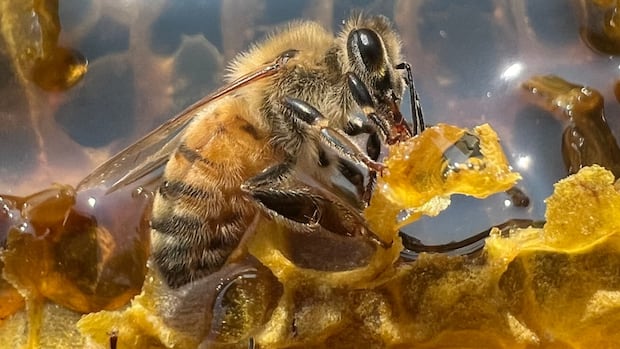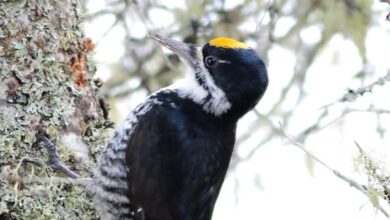This bird’s nest is made of candy wrappers and face masks. Here’s what we can learn

The city centre of Amsterdam is home to a bird nest unlike any other. This unique nest is made from a variety of unexpected materials, including sunglasses, earphones, fireworks, and even car parts. Auke-Florian Hiemstra, a Dutch doctoral student, discovered this extraordinary nest and described it as a “history book” that takes us back in time to the early 90s.
In a study published in February, Hiemstra focused on common coots, a type of water bird, and found that these birds use plastic as building material for their nests. During his research, Hiemstra uncovered a large coot nest in front of the Allard Pierson Museum in Amsterdam. Inside the nest, he found 635 artificial items, including a Mars bar wrapper from the 1994 FIFA World Cup, cigarette foil, a ticket to Amsterdam’s National Maritime Museum, and remnants from fast food restaurants like McDonald’s.
One of the more somber discoveries in the nest was around 15 face masks from the COVID-19 pandemic. This collection of modern trash has given Hiemstra a unique perspective on the environmental history of the area. By analyzing the expiry dates on the packaging, he was able to create a timeline of the nest site, revealing how the nesting behaviors of these birds have evolved in response to plastic waste in urban environments.
Traditionally, coots build their nests from plant material, which decays rapidly. However, the durability and non-biodegradability of plastic waste allow coots to reuse their nests season after season. While this may seem like an evolutionary advantage, Hiemstra questions whether the man-made materials are the best choice for the birds. The elastic bands from face masks, for example, can easily entangle the birds’ feet, posing a potential threat to their safety.
Hiemstra describes the nest as a physical representation of the Anthropocene, the era of human impact on the Earth. It illustrates the lasting effects of human actions, from plastic pollution to the urbanization of wildlife habitats. The big question that remains unanswered is whether the use of trash in nests is an adaptation to city life or an ecological trap that ultimately harms the birds.
As Hiemstra continues his research, he hopes to gain a better understanding of the implications of using man-made materials in bird nests. The nest in Amsterdam serves as a stark reminder of the impact of human activity on the environment and the importance of finding sustainable solutions to protect wildlife in urban areas.




